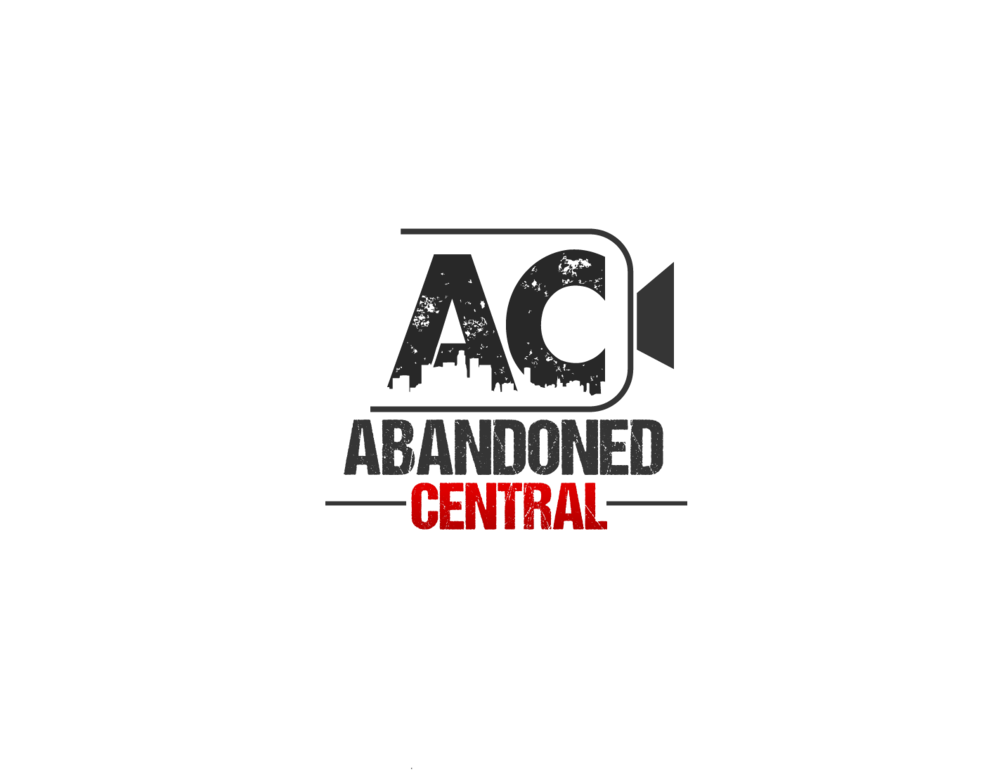Abandoned Bowling Alley From The 1968 Orangeburg Massacre All-Star Bowling Lanes opened in 1962 in Orangeburg, South Carolina. It featured sixteen-lanes and was fully-automated. It had a nursery, a conference room, locker rooms, and a snack counter. The trouble for All-Star Bowling Lanes started when the Civil Rights Act of 1964 became law and All-Star Bowling Lanes owner Harry Floyd, refused to follow the law claiming his bowling alley, which was the only bowling alley in town, was exempt from desegregation laws since it was private property. The bowling alley was situated in between two colleges, South Carolina State and Claflin College. South Carolina State also called SC State had a high number of African-American students and was located in a neighborhood of mostly poor to middle class black families, which was a far cry and a notable difference from the white neighborhoods surrounding them. For many years, these systemic differences and the racial segregation infuriated local African-Americans in Orangeburg, as well as the student bodies at both colleges.
Abandoned Bowling Alley From The 1968 Orangeburg Massacre All-Star Bowling Lanes opened in 1962 in Orangeburg, South Carolina. It featured sixteen-lanes and was fully-automated. It had a nursery, a conference room, locker rooms, and a snack counter. The trouble for All-Star Bowling Lanes started when the Civil Rights Act of 1964 became law and All-Star Bowling Lanes owner Harry Floyd, refused to follow the law claiming his bowling alley, which was the only bowling alley in town, was exempt from desegregation laws since it was private property. The bowling alley was situated in between two colleges, South Carolina State and Claflin College. South Carolina State also called SC State had a high number of African-American students and was located in a neighborhood of mostly poor to middle class black families, which was a far cry and a notable difference from the white neighborhoods surrounding them. For many years, these systemic differences and the racial segregation infuriated local African-Americans in Orangeburg, as well as the student bodies at both colleges. On February 6th 1968, a group of students returned to the bowling alley for a big protest. When they arrived at All-Star Bowling Lanes, they found that the doors had been locked. The group of young college students protestors was met in the parking lot by a group of heavily armed law enforcement officers. As they were arrested and led away to awaiting patrol cars, an angry crowd gathered outside of All-Star Bowling Lanes. Eventually fists started flying. State troopers responded swiftly with broad-scale beatings. One student’s skull was cracked, and reports from that night bear witness to at least two female students being held down and beat by officers. Wounded and enraged, the students retreated, breaking out car windows and damaging four buildings during their retreat. Before sunrise, fifteen students had been arrested and at least ten students and one police officer were treated for injuries. As the word spread around town about the bowling alley unrest, tensions reached a boiling point. The following day, February 8th 1968, roughly 120 National Guardsmen, state troopers, and local police had amassed at the edges of South Carolina State’s campus. An additional 450 troops were stationed downtown Orangeburg, all armed with shotguns.
As darkness fell, students at S.C. State gathered around a bonfire near the college’s entrance, holding hands and singing. Thirty minutes later, firefighters moved in to douse the bonfire, backed by an additional 70 police officers. When the students began to retreat, someone allegedly threw a rock, hitting a highway trooper David Shealy in the face and he collapsed to the ground bleeding. This was when shit really hit the fan. After seeing his fellow officer down, an officer fired his gun in the air as a warning shot. Later claiming they feared the shot had been fired by a student, eight other officers and city policeman opened fire. The onslaught lasted about 15 seconds. Between 100-150 students were present. Of these, 31 young black people were shot, three of whom died. Two of the victims were Samuel Hammond, Jr. and Henry Smith, ages 18 and 19, who were students at South Carolina State. The third victim was Delano Middleton, a 17-year-old senior at nearby high school. Also killed was the unborn child of Louise Kelly Cawley, one of the women beaten during the protest at All-Star Bowling. The events of February 8th 1968 and the days leading up to it have been labeled as the “Orangeburg Massacre.”
The State of South Carolina has never officially investigated the events surrounding the Orangeburg Massacre. Although multiple attempts have been made to open a state investigation and to honor February 8th as an annual day of remembrance, nothing has ever come of it. Although several governors issued public statements of regret for the shootings and deaths, none of the nine officers involved have received even an informal reprimand. Although the Orangeburg Massacre was the deadliest single incident of the civil-rights era in the Carolinas, it remains relatively obscure as it was unfortunately overshadowed by other national events.
Although All-Star Bowling Lanes was eventually desegregated and went on to operate for another 40 years, the scar was permanent for many of the local residents. In 2007, All-Star Bowling Lanes was permanently closed. In July 2021, All-Star Bowling Lanes received a $500,000 grant from the National Park Service to begin restoration on the bowling alley. A local non profit organization plans to transform the historic bowling alley into the Orangeburg National Center for Justice, in commemoration of the Orangeburg Massacre.
All abandoned photos are from our friend Leland. Check out his website at www.abandonedsoutheast.com
